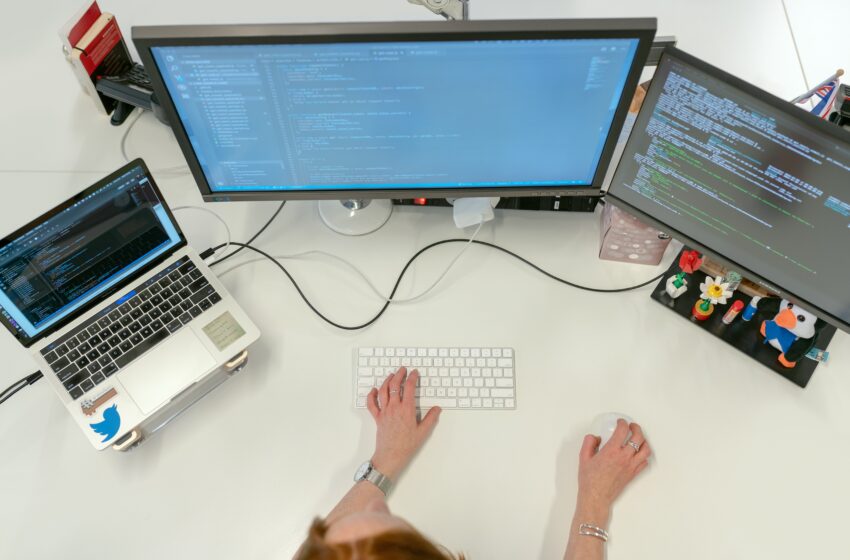Open Quantum System Modelling: Interning at UCL

I spent 8 weeks at UCL’s Quantum Technologies department as a summer intern, working on simulating an open quantum system. An open quantum system is a quantum system that interacts with the environment. All real-world quantum systems are in fact open since nothing can be truly isolated from its environment, and therefore it is of vital importance to be able to model open quantum systems. However, methods to model open quantum systems are underdeveloped, particularly in two dimensions, because it is harder to numerically solve open quantum systems. Furthermore, very interesting phenomena arise in two-dimensional open quantum systems that are not yet understood.
During my internship, I used the Dissipative Discrete Truncated Wigner Approximation (DDTWA), a method introduced by Peter Rable, to model a large but finite two-dimensional open quantum system. The motivation behind this project was the suggestion of a quantum time crystal phase in a certain parameter regime of the dissipative XYZ model, where time-translation symmetry is spontaneously broken. The dissipative Hamiltonian is an interaction model in which the quantum particles interact with each other based on the distance between them, and a parameter determines how quickly this interaction reduces with distance. In the dissipative XYZ model, the parameter is different for the three different directions. In a certain parameter regime, other methods for modelling the open quantum system break down. One suggestion is that a time crystal phase occurs, where time-translation symmetry is spontaneously broken leading to an oscillatory phase in the time simulation of the system. To verify this, we need to successfully simulate the dissipative XYZ model in this parameter regime. My task was to use the DDTWA to attempt to simulate this situation.
We know from other methods of modelling what the time evolution of the transverse Ising model in two dimensions should look like. Therefore, the initial task was to simulate this model using the DDTWA to verify that the code I made for this method worked. Once this was established, the same model was used but for the XYZ Hamiltonian. Again, results for certain parameters were compared to previous simulations. I did not have time to explore the parameter regime of interest, but the code now exists to try this and confirm or dissolve the theory of a time crystal phase.
My internship at UCL allowed me to contribute to a potential new discovery in a cutting-edge field, with the possibility of being mentioned in a paper. I would recommend the quantum technologies summer internship at UCL for anyone interested in quantum physics and especially for those considering doing a PhD as I gained an invaluable insight into life as a PhD student.


